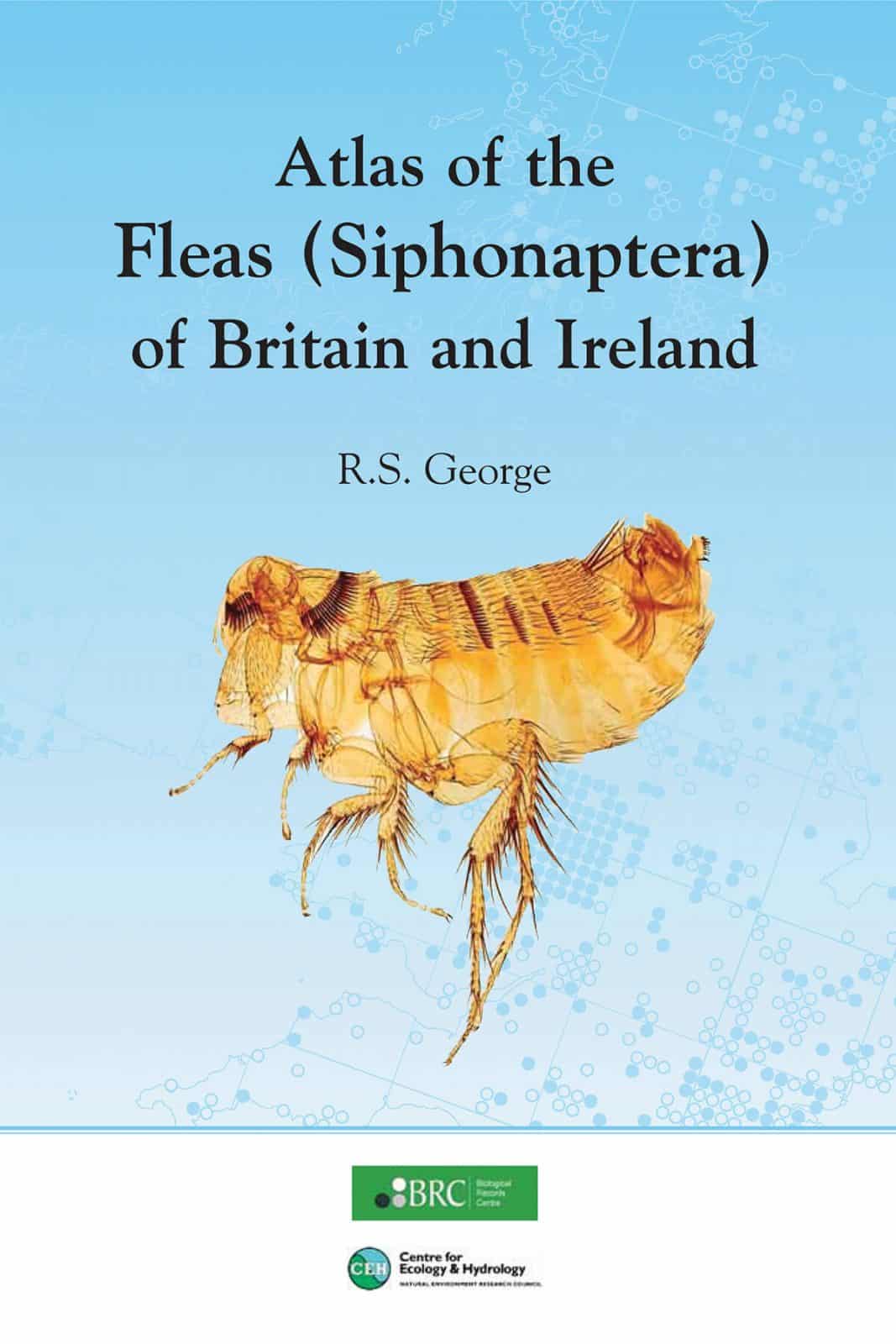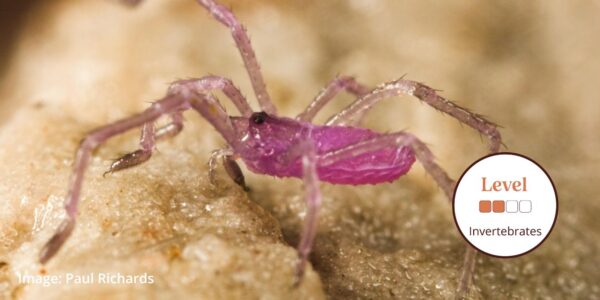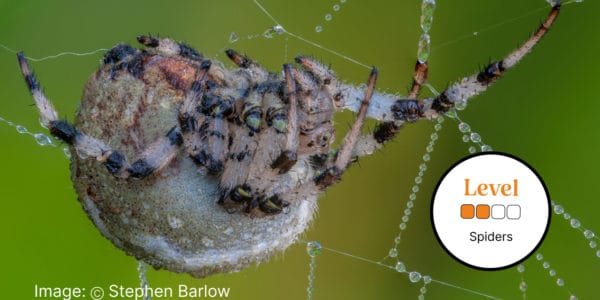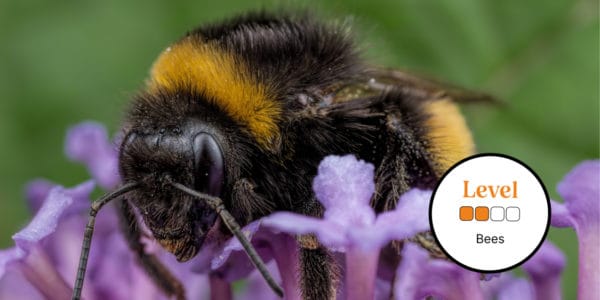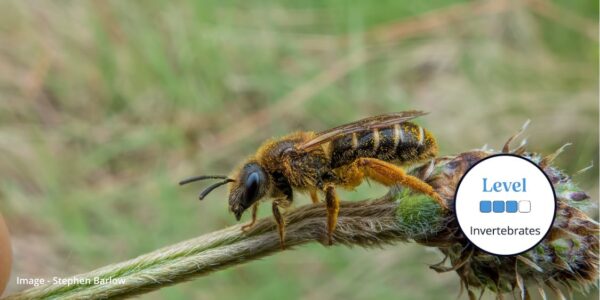Fleas atlas
The BRC Fleas atlas covers all of Great Britain and Ireland, including the Channel Isles and Isle of Man.
There are 62 species of fleas resident in Britain and Ireland. In total this atlas presents over 25,000 records of fleas.
In the same way as other atlases in the series, species distribution maps show records at 10km square resolution. These species maps have two date classes. Accounts describe the distribution, hosts and wider range of each species. They include vernacular names where available. There is also a summary table of the more important hosts.
Fleas (Siphonaptera) are wingless insects. They live in association with mammals and birds. Worldwide there are approximately 2600 species and subspecies. In general they are found among fur and feathers, in nesting materials and around sleeping and roosting sites. Although many are host-specific, some of the bird fleas occur with dozens of hosts. Indeed swallows and house martins are both notorious for attracting large numbers.
As blood-feeding parasites, fleas are potential vectors of disease. Plague passed from rats to humans by fleas is a particularly important historical example. However it is worth adding that most flea species have little or no impact on people.
The author, Bob George, is a former RAF pilot and schoolteacher. He began collecting information about British (and Irish) fleas in about 1950, encouraged by the Hon. Miriam Rothschild and others. Since the first edition of the ‘Flea Atlas’ (1974), Bob has identified hundreds of thousands more fleas.
The Fleas atlas was published with Biological Records Centre and the Siphonaptera Recording Scheme.


